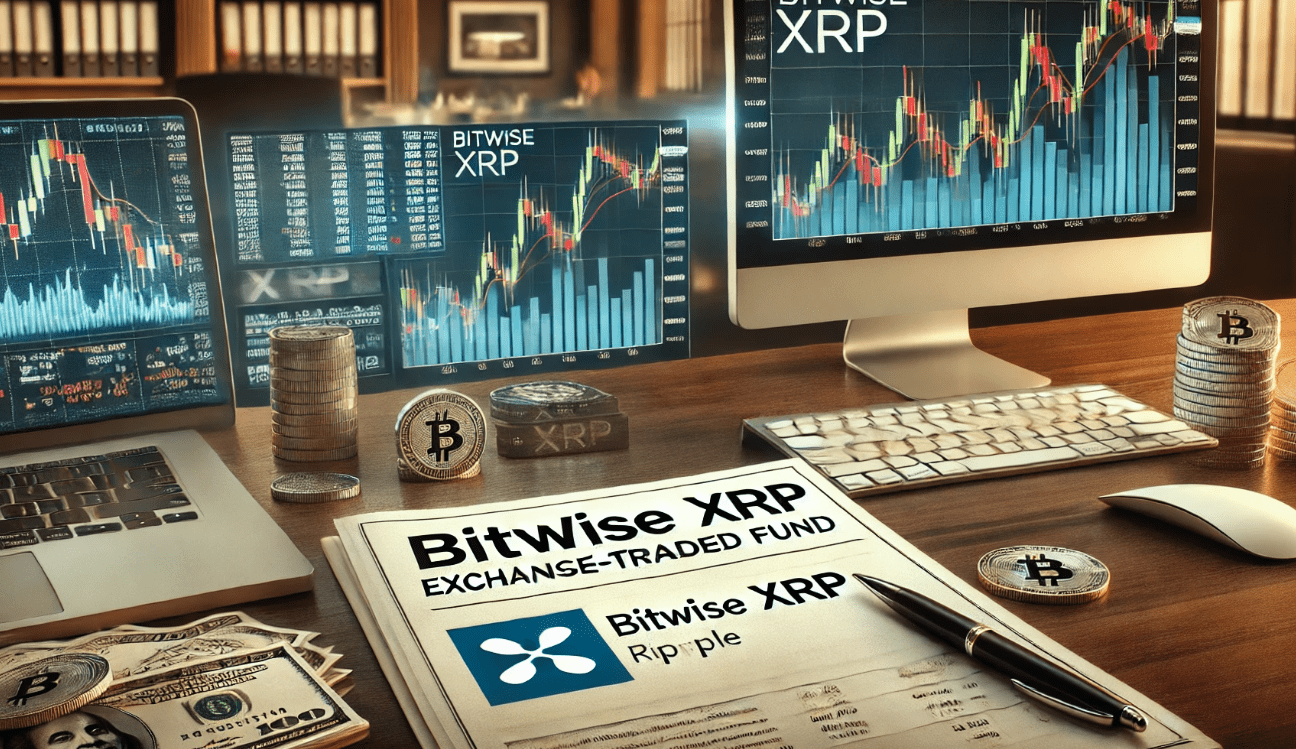The crypto space is booming, and as more people become involved in the world of digital assets, the need for stronger security measures is becoming increasingly apparent. Crypto security is a vital aspect of ensuring the long-term success of your investments and should not be overlooked. In this comprehensive guide, we will explore the best practices for safeguarding your digital assets and mitigating the risks associated with crypto investments. Keep reading for a dramatic deep dive into the world of crypto security.
1. Understanding the Risks and Challenges in Crypto Security
Before diving into the best practices, it’s essential to comprehend the risks and challenges associated with crypto security. Hackers employ various methods, including phishing attacks, malware, social engineering, and exchange hacks, to steal digital assets. High-profile theft incidents have resulted in substantial financial losses for individuals and platforms alike. Identifying vulnerabilities in digital asset storage and transactions is the first step toward safeguarding your investments.
A. The Perils of Hacking and Theft
With the increasing popularity and value of cryptocurrencies, the risk of hacking and theft has surged. Crypto investors have lost millions of dollars to cybercriminals who exploit vulnerabilities in digital wallets, exchanges, and other platforms. It’s crucial to stay vigilant and informed about the latest threats and vulnerabilities in the crypto space to protect your digital assets from potential attacks.
B. The Importance of Regulatory Compliance
Complying with regulatory requirements is vital for ensuring the security of your digital assets. Different countries have varying regulations for crypto assets, and failing to adhere to these rules can result in penalties or even the loss of your investments. Be aware of the current regulations that apply to you and your chosen platforms to ensure you are operating within the legal framework and safeguarding your assets from potential risks.
2. Choosing the Right Digital Wallet for Optimal Crypto Security
One of the fundamental aspects of crypto security is selecting the right digital wallet to store and manage your assets. Different wallet types offer varying levels of security, and it’s crucial to choose the one that best suits your needs and risk tolerance.
A. Hardware Wallets
Hardware wallets, like Ledger or SafePal, provide the highest level of security for your digital assets. These wallets store your private keys offline, isolated from internet-connected devices, significantly reducing the risk of hacking and theft. Although they can be more expensive than other wallet options, the investment is well worth it for the peace of mind they provide.
B. Software Wallets
Software wallets, such as MetaMask or Trust Wallet, offer a more convenient way to store and manage your digital assets. While they may not provide the same level of security as hardware wallets, they still offer robust protection features, such as encryption and two-factor authentication (2FA). Be sure to choose a reputable software wallet and keep your wallet software up to date to ensure the latest security enhancements.
C. Paper Wallets
Paper wallets are a simple and cost-effective way to store your digital assets offline. They involve printing your private keys on a piece of paper, which you can then store in a safe place. While paper wallets can be secure, they are susceptible to physical damage, such as water, fire, or simply getting lost. Be sure to take necessary precautions to protect your paper wallet from potential risks.
3. Strengthening Your Crypto Security with Two-Factor Authentication (2FA)
Two-factor authentication (2FA) is a crucial security measure for protecting your digital assets. By requiring at least two forms of verification before granting access to your wallet or exchange account, 2FA significantly reduces the risk of unauthorized access. Most platforms provide SMS-based 2FA, where a unique code is sent to your mobile device. However, using an authenticator app like Google Authenticator or Authy is recommended for added security, as SMS codes can be intercepted by hackers.
A. Implementing 2FA for Wallets and Exchanges
Always enable 2FA for your digital wallets and cryptocurrency exchange accounts. This extra layer of security makes it much more difficult for hackers to gain access to your assets, even if they have your password. Be sure to store your 2FA backup codes in a safe location, as losing access to your 2FA device can result in being locked out of your accounts.
B. Using Biometric Authentication for Added Security
Some platforms and devices offer biometric authentication, such as fingerprint, facial, or vocal recognition. While not as common, these methods provide an added layer of security, making it much more difficult for hackers to access your accounts. If your device or platform supports it, consider using biometric authentication for an even higher level of crypto security.
4. Protecting Your Digital Assets on Mobile Devices
As mobile devices become increasingly popular for managing and trading digital assets, it’s essential to take extra precautions to ensure their security. Hackers are constantly developing new ways to target mobile devices, so staying vigilant is key.
A. Securing Your Mobile Device
Contact your mobile service provider and set rules in place that could potentially prevent hackers from intercepting important information. For example, instruct your carrier never to port your phone number or allow call forwarding without your explicit authorization. These measures can help protect your digital assets from unauthorized access via your mobile device.
B. Be Cautious with Mobile Applications
Only download and use trusted applications from reputable sources to manage your digital assets. Be cautious of suspicious links and phishing attempts within mobile apps, as hackers often use these tactics to gain access to your accounts. Regularly update your mobile applications to ensure you have the latest security features and bug fixes.
5. Encrypting and Backing Up Your Digital Assets
Encryption is a vital aspect of crypto security, as it helps protect your digital assets from unauthorized access. Implementing encryption for your devices and wallets, as well as backing up your digital assets, can significantly reduce the risk of loss due to hacking or theft.
A. Data Encryption
Use data encryption applications to protect your digital assets on various devices, including computers, mobile devices, and hardware wallets. Encryption adds a layer of security that makes it much more difficult for hackers to access your digital assets, even if they manage to compromise your device.
B. Backup Strategy
Implement a reliable backup strategy for your digital assets to avoid permanent loss due to device failure, theft, or other issues. Store your backups in a secure location, separate from your primary devices, and ensure they are encrypted for added protection. Regularly update your backups to ensure they are current and include all your digital assets.
6. Practicing Safe Transaction Habits
When dealing with digital assets, it’s essential to develop safe transaction habits to minimize the risk of theft or fraud. By being cautious and vigilant, you can protect your investments and ensure their security in the long term.
A. Verifying Wallet Addresses
Always double-check wallet addresses before initiating transfers. Hackers may attempt to intercept transactions by replacing legitimate addresses with their own, leading to a loss of your digital assets. Verify that the address you are sending your assets to is the correct one, and be wary of any suspicious activity.
B. Using Reputable Exchanges
When trading digital assets, always use secure and reputable exchanges. Research the exchange’s security features, reputation, and user reviews before trusting them with your investments. Ensure that the exchange offers strong security measures, such as 2FA, encryption, and cold storage, to protect your assets from potential threats.
7. Staying Informed and Vigilant in the Crypto Space
Knowledge is power when it comes to crypto security. By staying informed and vigilant, you can protect your digital assets from potential threats and minimize the risk of loss due to hacking or theft.
A. Monitoring Your Accounts and Transactions
Regularly monitor your cryptocurrency accounts and transactions to identify any suspicious activity swiftly. Be proactive in addressing potential issues and respond quickly to any signs of unauthorized access or fraudulent transactions.
B. Staying Updated on Security News and Vulnerabilities
Keep yourself informed about the latest security news and vulnerabilities in the cryptocurrency space. Subscribe to newsletters, follow reputable sources on social media, and join relevant forums to stay up-to-date on the latest threats and security measures. By being well-informed, you can take timely action to protect your digital assets from emerging risks.
8. Embracing Additional Security Measures for Enhanced Crypto Security
To further bolster your crypto security, consider implementing additional measures that go beyond the core security practices mentioned earlier. These extra steps can provide added protection for your digital assets and give you peace of mind in an increasingly volatile crypto landscape.
A. Multisignature Wallets
Multisignature wallets require multiple signatures for transactions, adding an extra layer of security. By requiring multiple signatories to authorize a transaction, multisignature wallets make it more difficult for hackers to gain control of your funds, as they would need to compromise multiple signatures to do so.
B. Cold Storage and Offline Wallets
Keep your digital assets offline in cold storage, away from internet-connected devices. Offline wallets, like paper wallets or hardware wallets, provide enhanced security by keeping private keys offline and out of reach of potential hackers.
C. Diversifying Cryptocurrency Holdings
Spread your investments across different cryptocurrencies to mitigate the impact of potential breaches or thefts. Diversification reduces the risk of losing all your assets in a single incident and can help protect your investments from market volatility.
D. Regularly Reviewing and Updating Security Practices
Continuously review and update your security practices to stay ahead of emerging threats. Stay informed about advancements in security technologies and best practices to ensure your protection remains effective. Don’t be complacent; always strive to improve your crypto security measures to safeguard your valuable digital assets.
Conclusion
In the dynamic world of cryptocurrencies, security is paramount. By implementing the best practices outlined in this guide, you can fortify your crypto security and protect your digital assets from potential threats. Remember, the key to safeguarding your investments lies in being proactive, informed, and vigilant. Stay ahead of the curve, and ensure the long-term success of your cryptocurrency endeavors.










